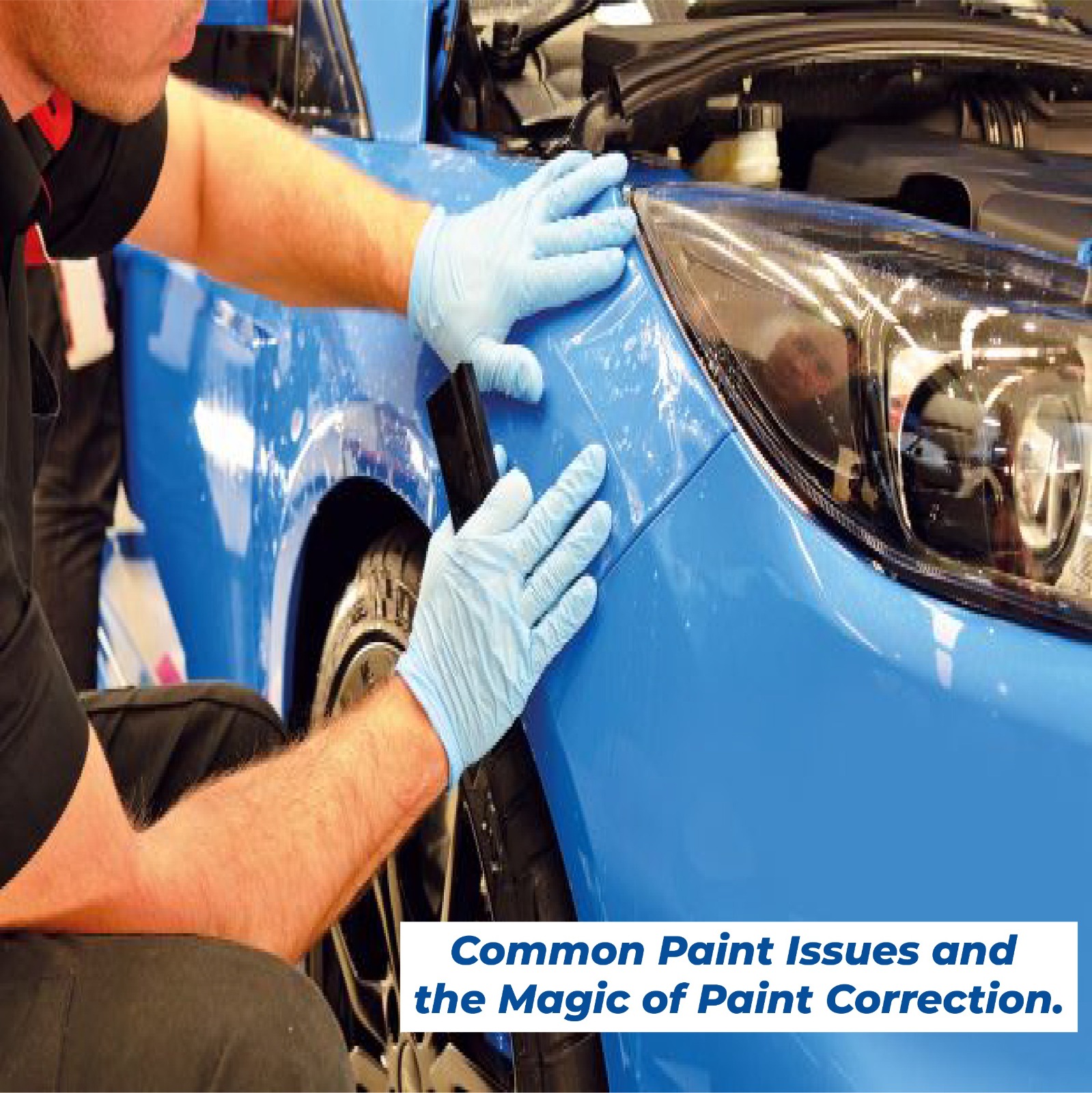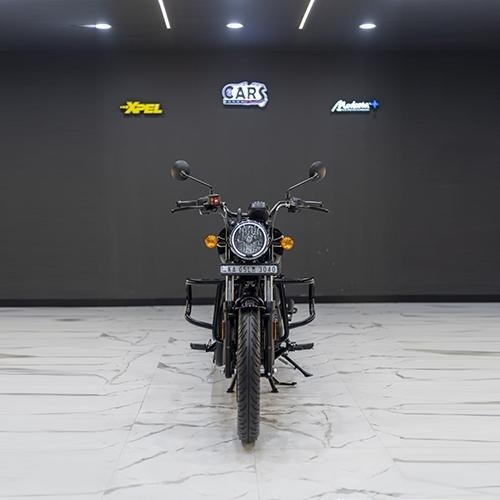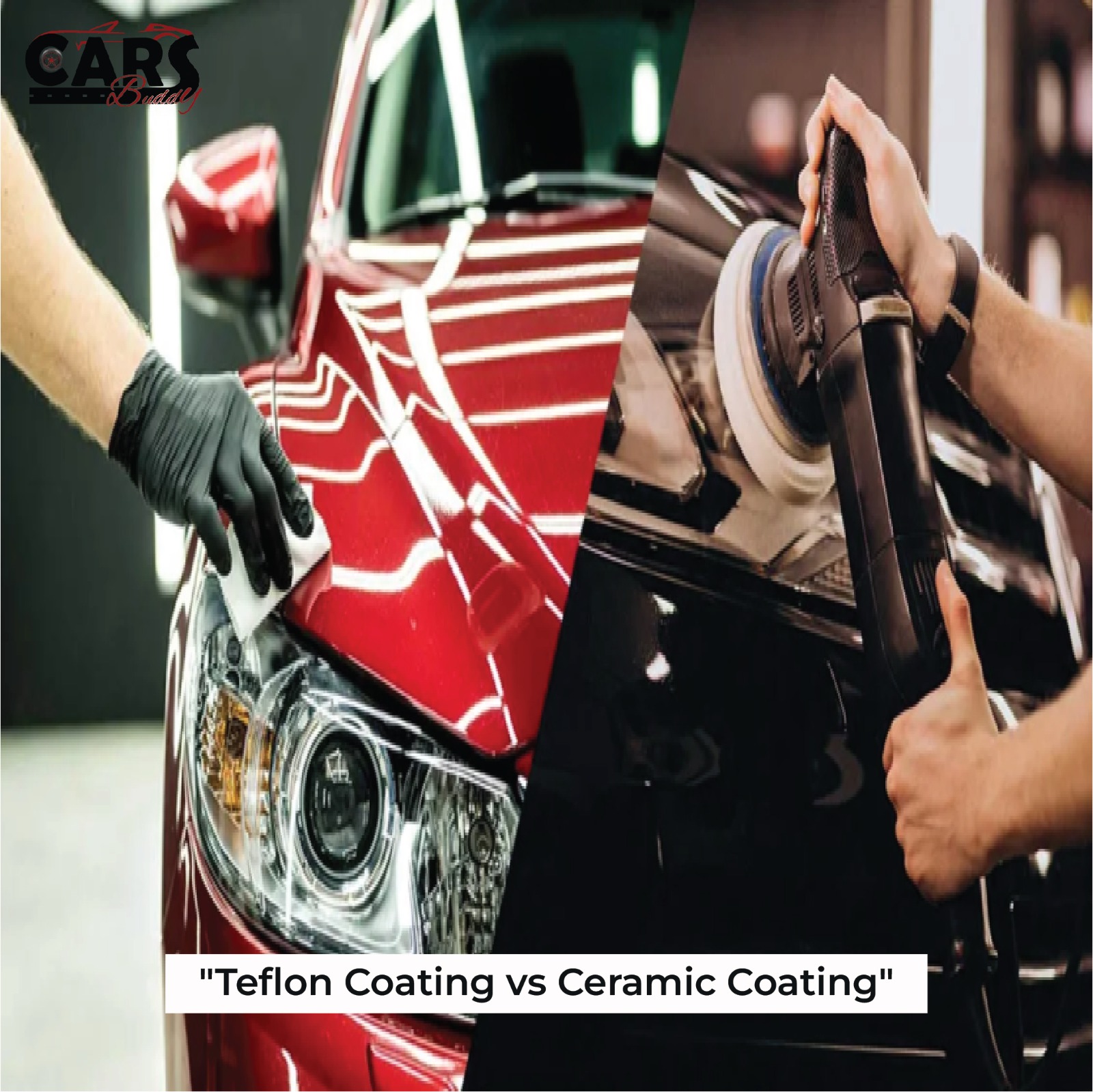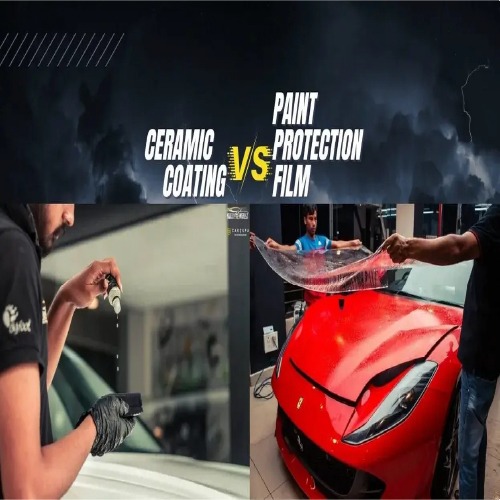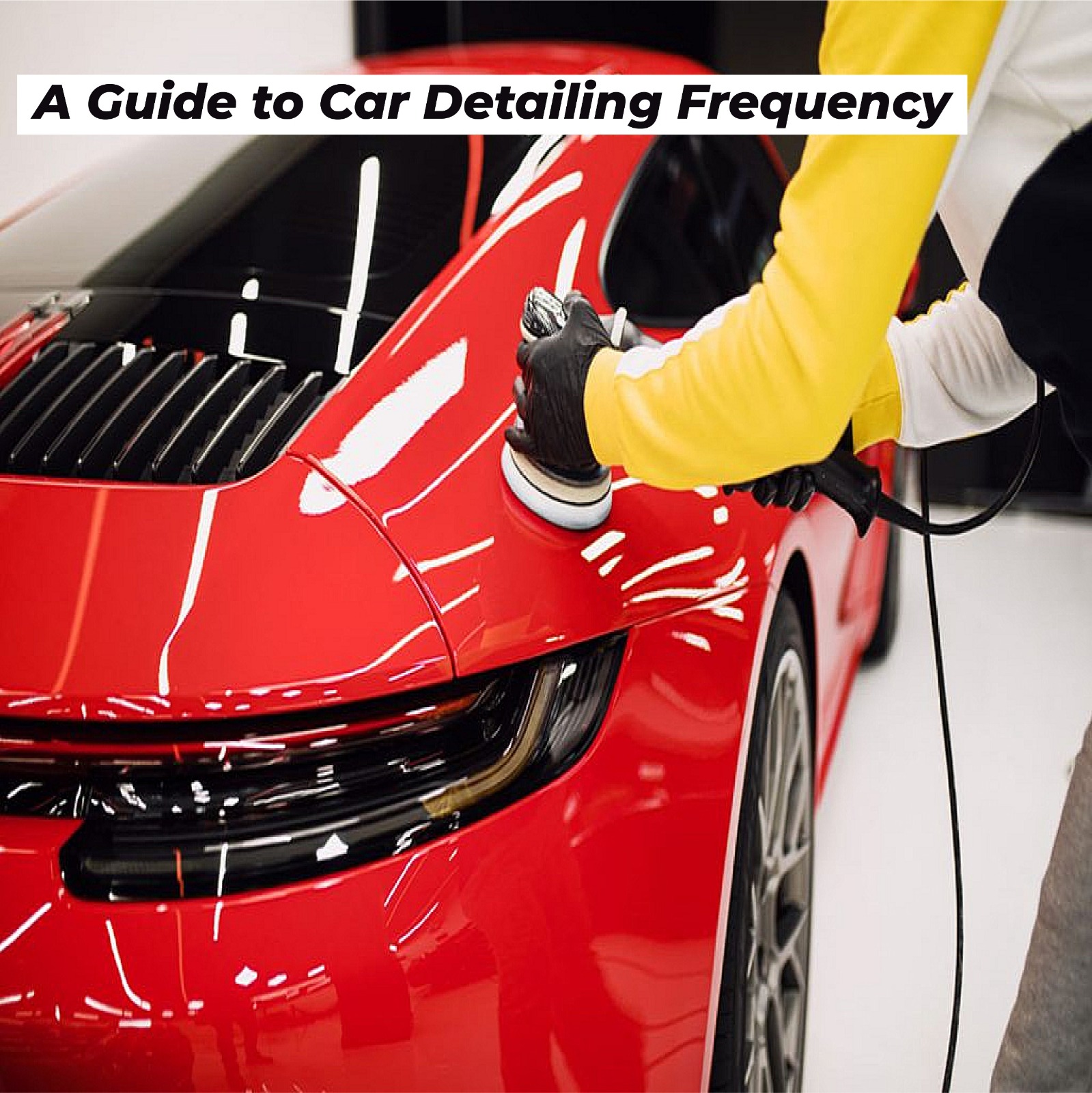
A Guide To Car Detailing Frequency
In the world of car care, detailing goes beyond a simple car wash. It’s a meticulous process that restores your vehicle’s lustre, both inside and out, leaving it looking showroom-fresh. But how often should you detail your car? The answer, like many things in life, depends on several factors. Let’s delve into the key considerations that will help you determine the ideal car detailing frequency for your prized possession.
Environmental Factors:
• Climate: Sun exposure, rain, and harsh weather conditions can wreak havoc on your car’s paint and interior. If you live in a sunny climate with frequent rain or dusty conditions, more frequent detailing (perhaps every 3-4 months) might be necessary to protect the paint and prevent premature wear. Colder climates with harsh winters might require less frequent detailing (every 6 months or so), but focus on protecting the interior from salt and moisture damage.
• Parking Situation: Does your car live a sheltered life in a garage, or is it exposed to the elements in a driveway or street parking? Garage-kept cars naturally require less frequent detailing as they’re shielded from sun damage and airborne contaminants. Cars exposed to the elements benefit from more frequent detailing to maintain their appearance.
Driving Habits:
• Frequency of Use: A car that sees daily use will accumulate dirt and grime faster than a car that’s used only on the weekend.. If you’re a frequent driver, consider detailing every 3-4 months to maintain a clean and protected exterior. Less frequent drivers might be able to stretch the interval to 6 months or even a year.
• Type of Terrain: Do you primarily drive on paved roads, or do you frequently go on off-road adventures? Cars that tackle dusty or muddy terrain benefit from more frequent detailing (every 2-3 months) to remove dirt and prevent it from scratching the paint.
Personal Preferences:
• Desired Level of Cleanliness: Ultimately, the frequency boils down to your personal preference. Some car enthusiasts enjoy a showroom shine and might detail their car monthly. Others prioritise functionality and might be content with a bi-annual deep clean.
Additional Considerations:
• Pre-Sale Detailing: If you’re planning to sell your car, a professional detail can significantly enhance its curb appeal and potentially fetch a better price.
• Seasonal Detailing: Consider a pre-winter detail at Carsbuddy to protect against salt and grime, and a post-winter detail to remove any lingering winter residue. While there’s no one-size-fits-all answer, this guide should equip you to determine the ideal detailing frequency for your car. Remember, regular detailing goes beyond aesthetics; it protects your car’s paint, interior, and resale value. So, grab your detailing supplies (or visit a professional detailer like Carsbuddy) and keep your car looking its best!


